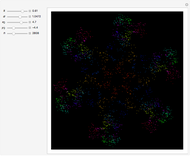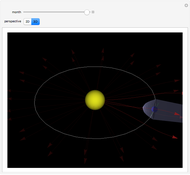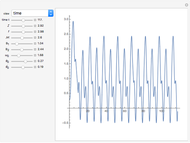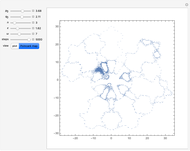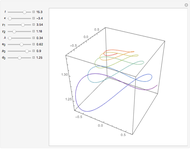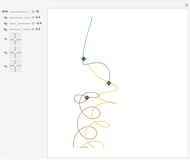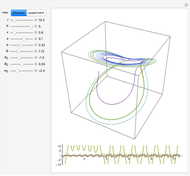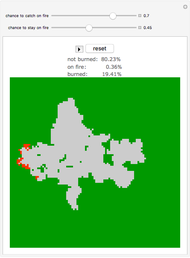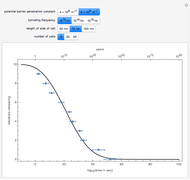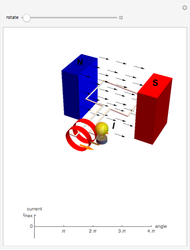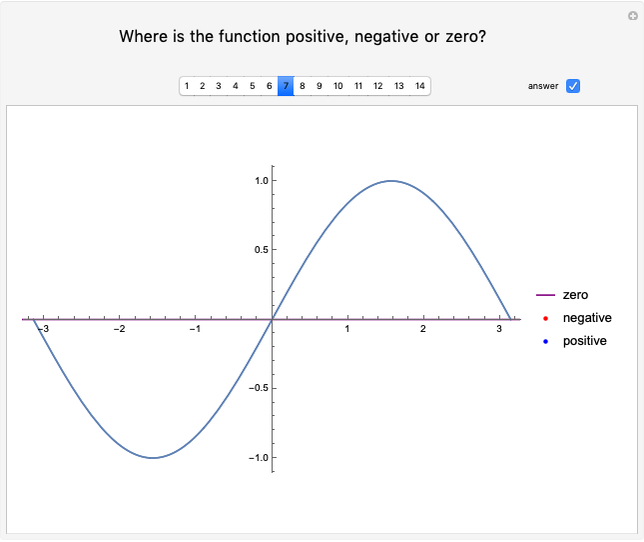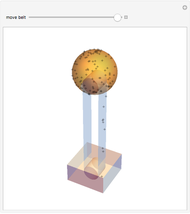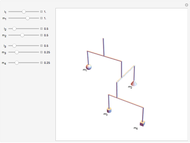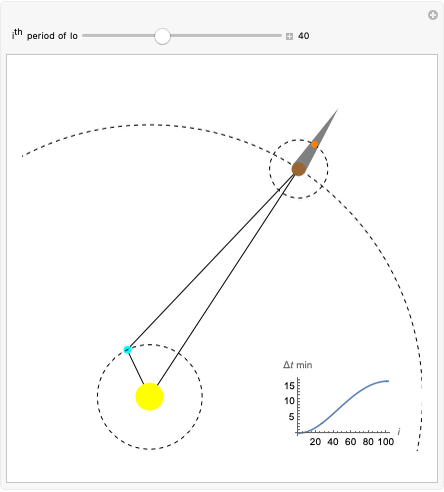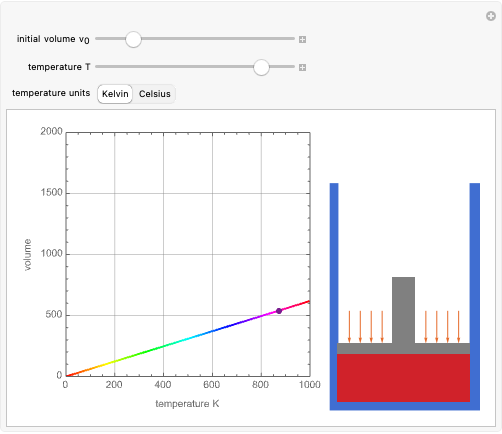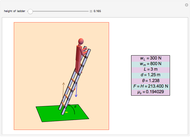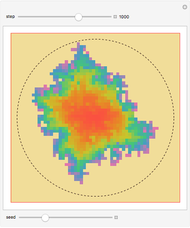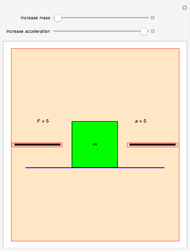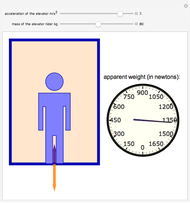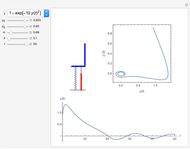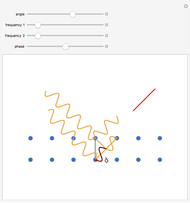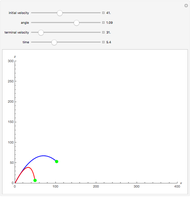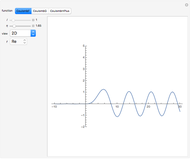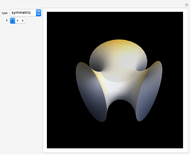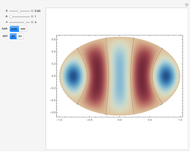Rikitake Model of Geomagnetic Reversal

Requires a Wolfram Notebook System
Interact on desktop, mobile and cloud with the free Wolfram Player or other Wolfram Language products.
The Rikitake model arose from the study of two connected identical frictionless disk dynamos, where reversals of electric current and magnetic field are observed.
[more]
Contributed by: Enrique Zeleny (July 2012)
Open content licensed under CC BY-NC-SA
Snapshots
Details
The original equations describing the system are given by:
 ,
,
 ,
,
 ,
,
 ,
,
where  and
and  are the self-inductances of the coils,
are the self-inductances of the coils,  and
and  are the resistances,
are the resistances,  and
and  are the electric currents,
are the electric currents,  and
and  are the angular velocities,
are the angular velocities,  and
and  are the moments of inertia, and
are the moments of inertia, and  and
and  are the driving forces.
are the driving forces.
Taking for simplicity
 ,
,  ,
,  ,
,  ,
,  ,
,
and making the substitutions
 ,
,  ,
,  ,
,  ,
,  ,
, 
with the parameter  , we obtain
, we obtain
 ,
,
 ,
,
 .
.
The Rikitake system exhibits Lorenz-type chaos while orbiting around two unstable fixed points.
References
[1] T. Rikitake, "Oscillations of a System of Disk Dynamos," Mathematical Proceedings of the Cambridge Philosophical Society, 54(1), 1958 pp. 89–105. doi: 10.1017/S0305004100033223.
[2] J. A. Jacobs, Reversals of Earth's Magnetic Field, New York: Cambridge University Press, 1994.
[3] I. Pehlivan, Y. Uyaroglu, and S. Coskun, "Simulation and Realization of the Rikitake Attractor's Chaotic Oscillator Circuit," Proceedings of the 5th International Advanced Technologies Symposium (IATS’09), May 13–15, 2009, Karabuk, Turkey. iats09.karabuk.edu.tr/press/bildiriler_pdf/IATS09_02-01_ 480.pdf.
Permanent Citation







